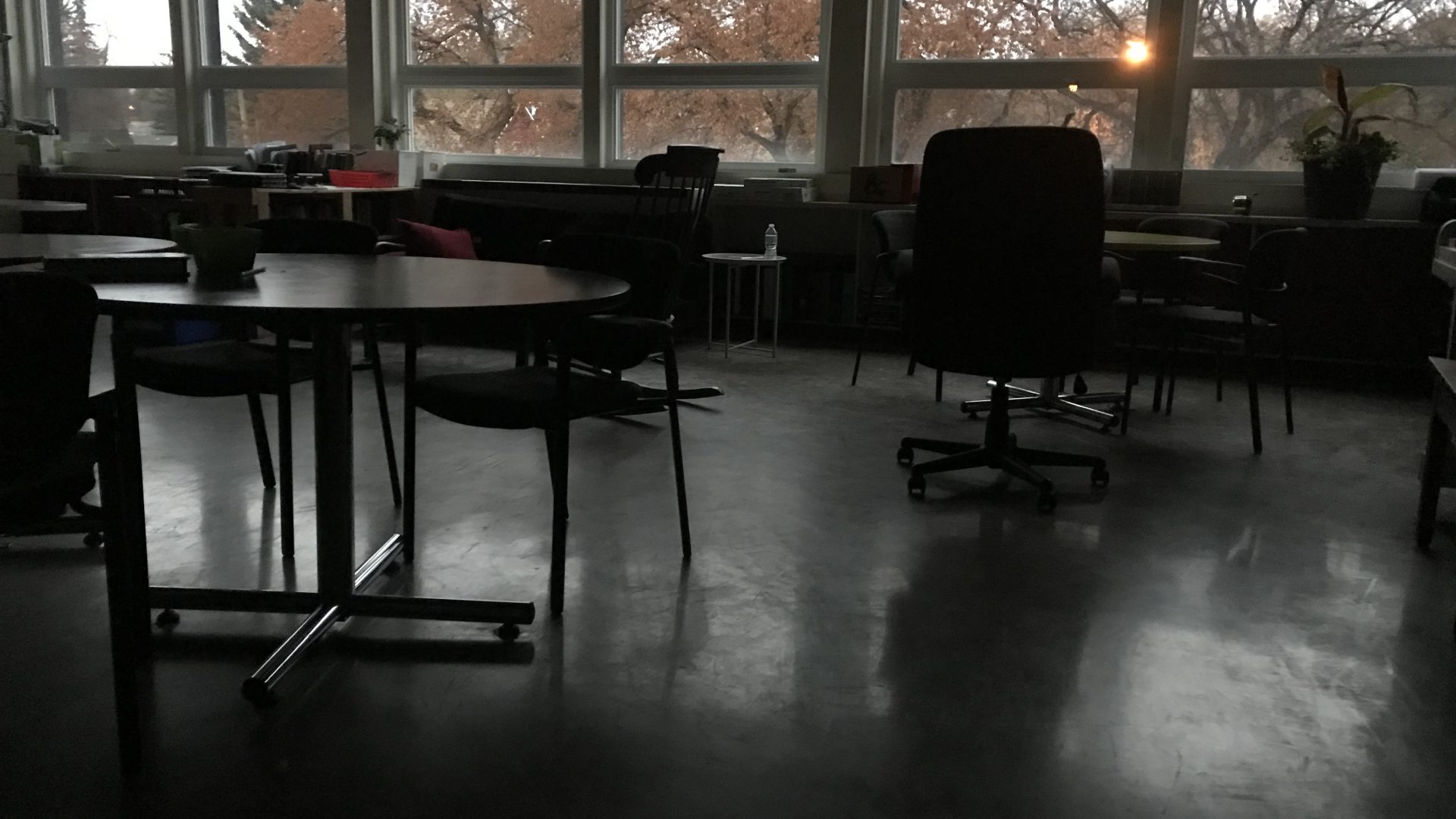Making the Causes Visible
 At the provincial grad symposium today, my Director of Education stated, what I believe, the most authentic bit he’s shared since taking the job.
At the provincial grad symposium today, my Director of Education stated, what I believe, the most authentic bit he’s shared since taking the job.
He reflected that perhaps (and I’m paraphrasing here) it isn’t graduation rates educators need to be focused on improving. He wondered if graduation rates were perhaps a symptom of a bigger problem. Perhaps our work as educators ought to look at addressing those causal issues, and then correlation to on time graduation rates will be there.
Many themes of how to further improve on-time graduation rates emerged from the symposium: Transitions. Engagement (student&family). Belonging.
But what about that bigger question?
As I was listening to him share I thought, are we prepared as a community of educators to try to understand and think deeply with poverty, racism, mental health, addiction, abuse, trauma, oppression, identity, reconciliation.
Are we, as educators, ready ourselves to have authentic conversations around goals, planning, implementation, steps, big ideas, visions?
Are educators ready to be the ones, alone or in part, ready to own this vision?
As colloquial as my director’s comment sounded, he said it. He braved to name it.
We need to look deeper.
And once we do.
Who will own it?
What will we find?
And then…. and then?
If making the narratives of on-time graduation rates visible have better shifted the data for those rates, what then might making the causal narratives visible have the potential to shift?

